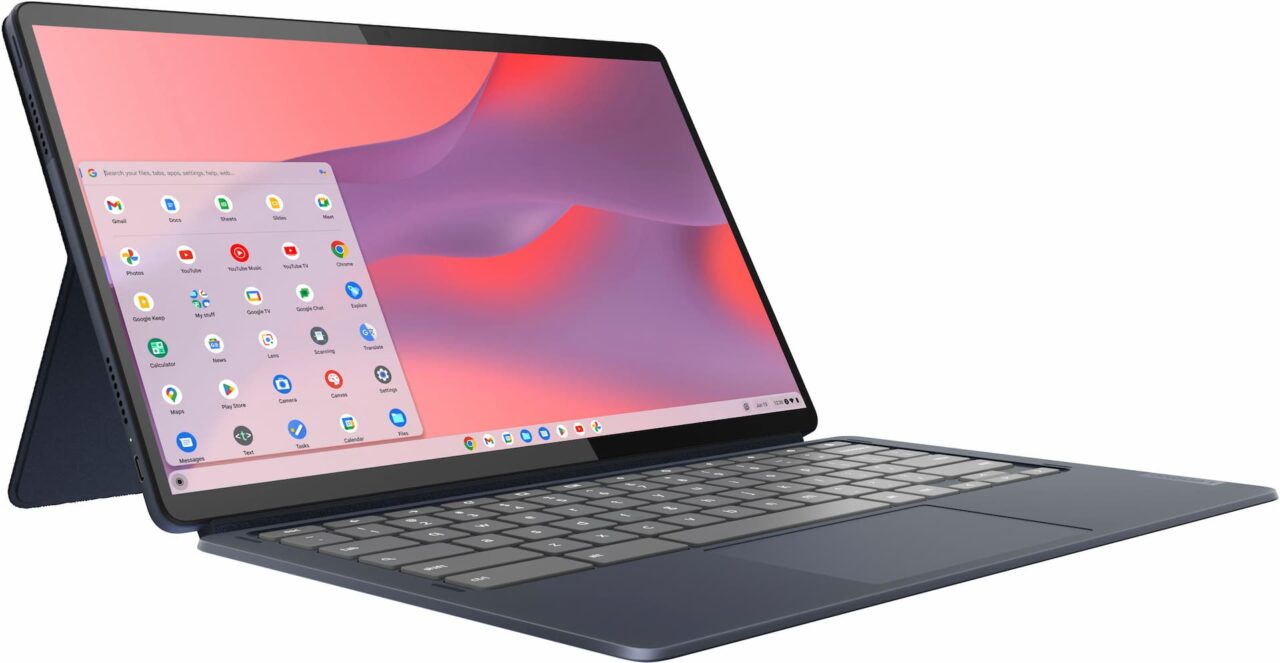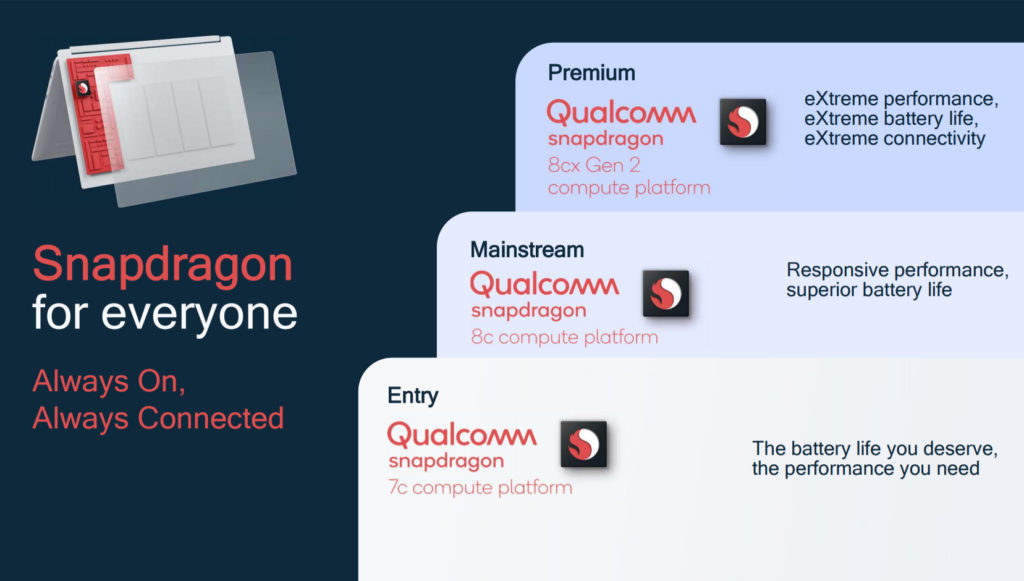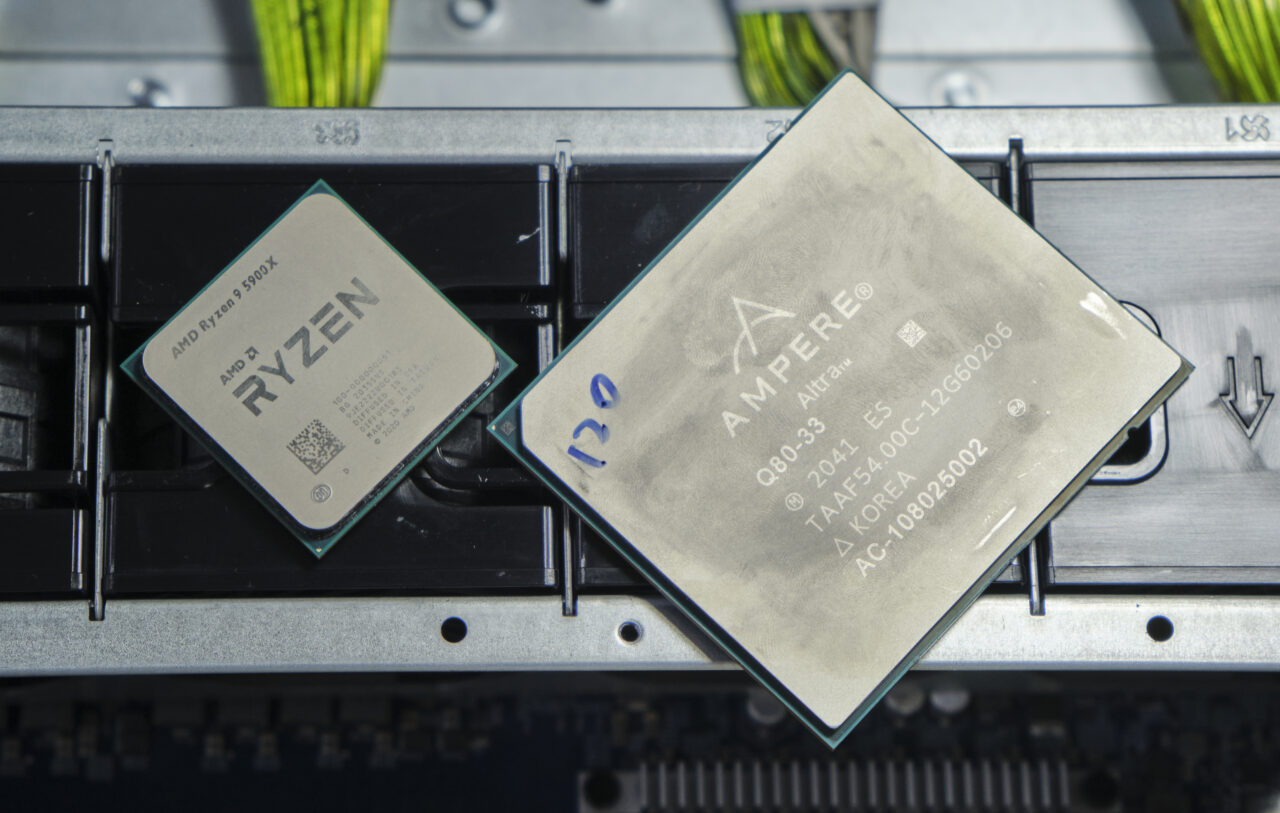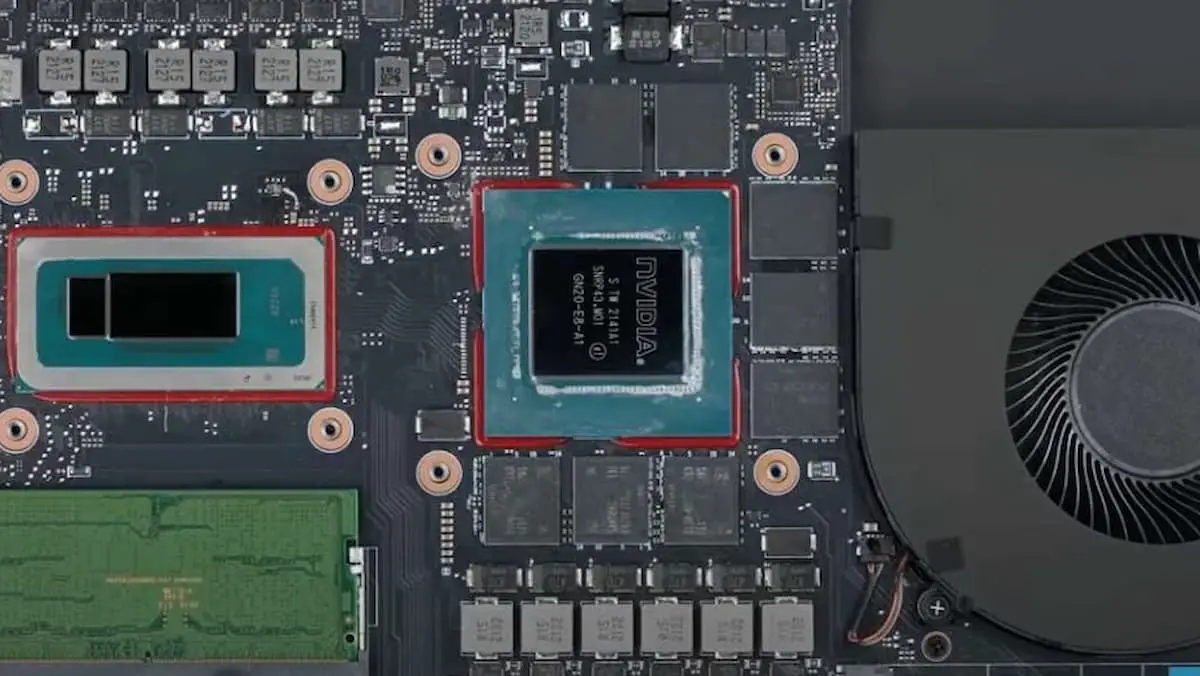A few weeks ago, Reuters reported the both Nvidia and AMD are planning to build ARM chips for computers. And by computers, I mean Windows PCs. However, ARM chips from Nvidia and AMD would be a boon for Chromebooks too, for several reasons.
ARM chips in Chromebooks today
The first Chromebook prototype was powered by an ARM chip rather than one that uses the x86 architecture typically found in PCs. Samsung’s Exynos 5 was the silicon inside the Chromebook Cr-48. Given how meager the ChromeOS interface and functionality was, that chipset was fine. Eventually, however, Google’s hardware partners turned to more powerful x86 chips, mainly from Intel, to run ChromeOS.
And that’s still mainly the case today. The vast percentage of Chromebooks use traditional PC chips from Intel, and in some cases, AMD. You have to dig around for the few ARM-based Chromebooks available these days.

You’ll find ARM chips from Qualcomm inside the Lenovo Duet 3 and Duet 5, for example. The newest ChromeOS tablet, the Asus Chromebook CM30, has a MediaTek ARM chip. Acer and HP have also used MediaTek chips in a few models. But that’s about it.
The Snapdragon slap down of ChromeOS
Let’s get back to Qualcomm for a second because its chips showed great promise for Chromebooks. But the best chips never came to the devices. Instead, the Snapdragon 8c and 8cx are used inside Windows on ARM devices.
As I’m sure you have, I’ve heard many comments about an exclusivity deal between Microsoft and Qualcomm on that front. I have no direct knowledge of any such relationship. Indirectly, I know what I see: The best performing Qualcomm Snapdragon compute systems are for Windows PCs.
Ironically, the company touts “Snapdragon for everyone” as long as everyone uses Windows.

So Chromebooks got the less attractive little brother of the 8c and 8cx.
The Snapdragon 7c first and second generation chips are in a few tablets and at least one traditional clamshell Chromebook I can think of. And while these devices are capable for basic tasks, they don’t compete with the ChromeOS laptops running on x86 chips.
Even worse, the third generation of the Snapdragon 7c isn’t happening at all. It’s effectively a dead platform for ChromeOS.
Simply put, Chromebooks have been a second class citizen (at best) in terms of Qualcomm Snapdragon chips. And while MediaTek silicon is also in the “capable” camp of ChromeOS, the company has been slow to get modern CPUs inside a wide range of Chromebooks. It took a year, for example, from the company’s Kompanio 520 processor launch to appear in a ChromeOS tablet.
That opens the door for both Nvidia and AMD. More importantly, it opens the door to consumers who want the performance of x86 processors while using less power.
What Nvidia and AMD could bring to ARM Chromebooks
Frankly speaking, there’s been little competition for ARM chips in Chromebooks. Sure, some device makers have tried to slap a solid phone chip inside a laptop but that’s been rare. And I wouldn’t call those efforts successful either.
These days, it’s generally Qualcomm or MediaTek in the ARM Chromebook space. The former relegates ChromeOS to the backseat of Windows PCs while the latter is slow to gain traction in devices. For consumers, it’s a lose-lose situation.
Adding Nvidia and AMD into the mix could really shake that up, however. Both companies are market leaders in terms of chip design. Both are the defacto leaders in the GPU market, for example. Both are also pushing deep into chips for AI and servers.

Simply put, they have the chops to give Chromebook makers a truly viable option from the same-old x86 chips from Intel. And from AMD itself, which can be found in a few ChromeOS laptops.
My hope is that if either, or both, of these companies do build ARM chips for PCs, that definition of “PC” includes Chromebooks. If so, Qualcomm and MediaTek would pushed to innovate more and quicker in this market.
Given the graphics expertise of AMD and Nvidia, Chromebooks capable of running more demanding games could be a possibility. And higher performance computing that uses less power would be on tap too. It’s time for more ARM choices in Chromebooks.
The post ARM chips from Nvidia and AMD should power Chromebooks appeared first on About Chromebooks.

